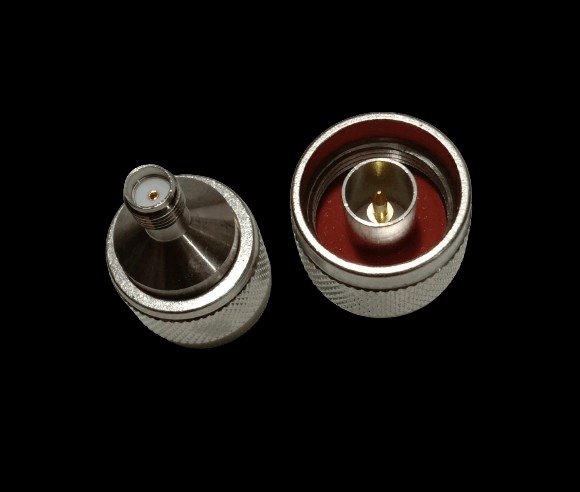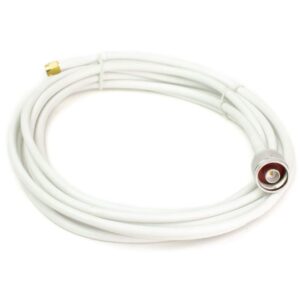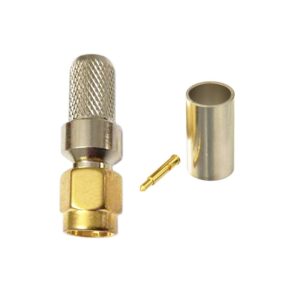- Frequency Range:
- 4 GHz (4000 MHz): The adapter is typically rated for operation up to this frequency. Many adapters support higher frequencies, so always check the maximum frequency rating if your application demands it.
- Impedance:
- 50 Ohms: This is the standard impedance for most RF systems and ensures minimal signal reflection and maximum power transfer.
- Connector Types:
- SMA Female: This connector has a threaded coupling mechanism and is designed for smaller, higher-frequency applications.
- N Male: This connector has a larger diameter and is designed for robust connections in various RF systems.
- Insertion Loss:
- Typically ≤ 0.2 dB: This measures the loss of signal power as it travels through the adapter. Lower insertion loss indicates better performance.
- Return Loss:
- Typically ≥ 20 dB: This measures how well the adapter maintains impedance matching, with higher values indicating lower reflection.
- VSWR (Voltage Standing Wave Ratio):
- Typically ≤ 1.2: This ratio describes the efficiency of power transfer and how well the connector maintains impedance. A lower VSWR indicates better performance.
- Construction Material:
- Body: Often made from brass or stainless steel for durability.
- Plating: Gold or nickel plating is common to ensure good conductivity and resistance to corrosion.
- Temperature Range:
- Typically -55°C to +165°C: The adapter is designed to operate in a wide temperature range, ensuring reliability in various environments.
- Size and Weight:
- Compact Design: The exact dimensions vary, but adapters are usually designed to be compact and lightweight for ease of integration.
Example Part Number:
- Manufacturer: Amphenol, Pasternack, or other RF component manufacturers.
- Part Number Example: PE4452 (Note: This is a generic example; check the specific part number for exact specs.)
Applications:
- RF Testing Equipment: Used in labs for testing and measuring RF signals.
- Communication Systems: For connecting various components in telecommunications.
- Signal Distribution: In systems that require connecting different types of equipment.
When selecting an adapter, make sure to verify these specifications against your system requirements to ensure compatibility and optimal performance.




